Railways
-
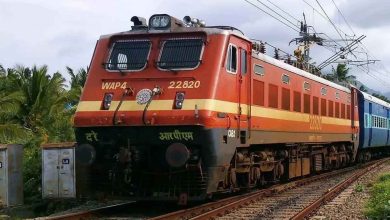
Nagpur-Danapur-Nagpur Special Train Service for Prayagraj Mahakumbh
The Mahakumbh Mela, a grand spiritual gathering held every 12 years, is set to take place in Prayagraj from January…
Read More » -
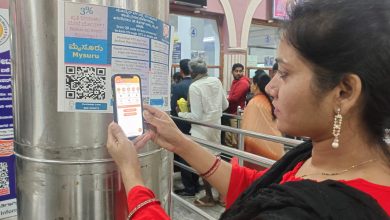
Central Railway: QR Code and UTS App Facilities for Ticket and Parcel Booking
UTS App Facilities: In the fast-paced world we live in, digital transformation has become a key player in enhancing our…
Read More » -
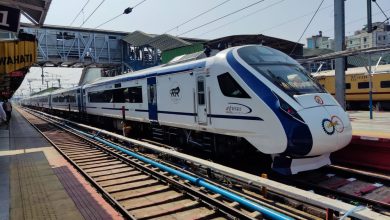
Enhancing Connectivity: Indore-Nagpur Vande Bharat Express Introduces Experimental Halt at Narmadapuram Station
In a significant move to boost passenger convenience, the Railway Board has greenlit an experimental halt for the Indore–Nagpur Vande…
Read More » -
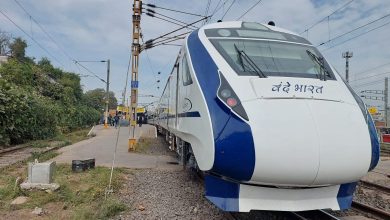
‘Change Nagpur-Bilaspur Vande Bharat Timing’
The Nagpur-Bilaspur Vande Bharat train is one of the most crucial transportation options for passengers traveling between these two key…
Read More » -
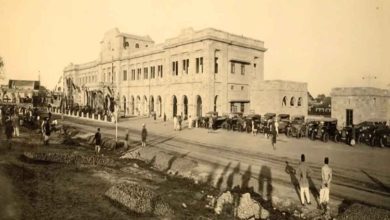
Nagpur Railway Station Marks 100 Glorious Years Of Service: A Century Of Heritage, Connectivity, And Progress
Nagpur Railway Station Heritage: Nagpur Railway Station, a monumental hub in the heart of India’s rail network, recently celebrated a…
Read More » -
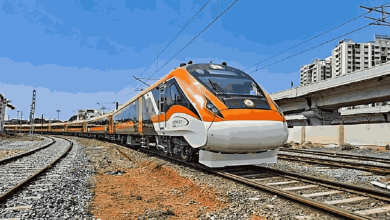
Sleeper Vande Bharat Express for Nagpur, Pune, and Mumbai Proposed
Imagine boarding a train that combines luxury, speed, and comfort, seamlessly catering to long-distance travelers. That’s the vision behind the…
Read More » -

Special Trains from Nagpur Division for Ajmer Urs
Special trains Ajmer Urs: Planning a journey for a special occasion? The Railway Administration has you covered for the 813th…
Read More » -
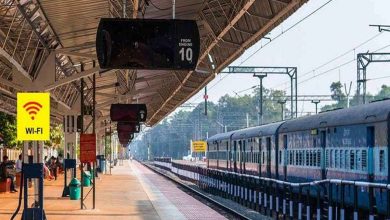
Nagpur Division Gets New Divisional Railway Managers: Vinayak Garg at Central Railway, Deepak Kumar Gupta at South East Central Railway
Nagpur Division Railway Managers: The Indian Railways has announced the new appointments for the Divisional Railway Managers (DRMs) of the…
Read More » -
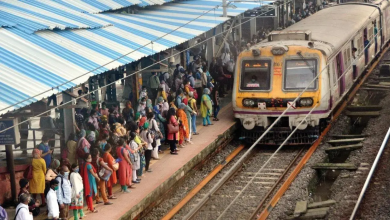
CR to Run 34 Special Trains for Kumbh Mela 2025: A Detailed Overview
The Kumbh Mela is one of the largest religious gatherings in the world, attracting millions of devotees from all corners…
Read More » -
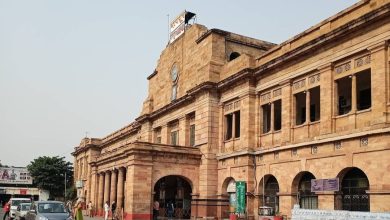
Nagpur Railway Station Main Booking Office Temporarily Relocated to Platform No.1
Nagpur’s railway station, a crucial transport hub in India, is undergoing significant redevelopment as part of the Central Railway’s modernization…
Read More »

